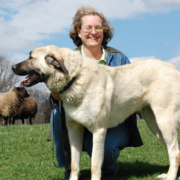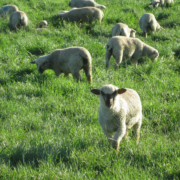Late Summer on an Ozark Farm
 Print This Post
Print This Post
By Nina Prater, NCAT Agriculture Specialist
As we round the corner from summer into fall, I always like to look back and assess how we did on our farm during the busy summer months. We did not suffer a bad drought this summer, though it was touch and go for a few weeks in July. We had to feed hay for about ten days to make sure we didn’t graze the grass too short, but it wasn’t as dire as it has been some years.
Here’s an overview of some of the other challenges we faced and how we managed them on our family’s grass-based cow-calf operation in the Ozark hills of Arkansas.
Battling Army Worms
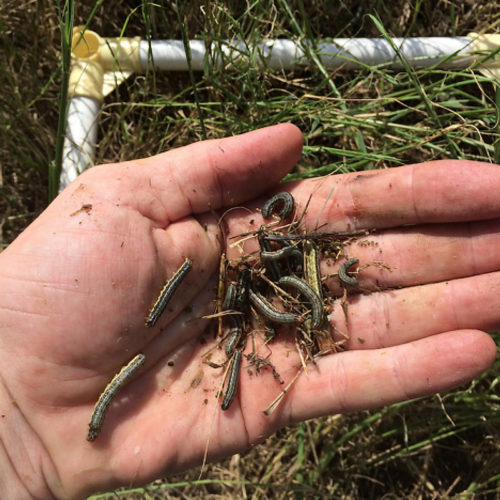
Army worms. Photo: University of Arkansas Division of Agriculture.
Two weeks ago we spotted army worms, a pest that can decimate the pastures if you don’t control them. We sprayed permethrin, but only on fields where they passed a density threshold. We determined whether or not to spray by walking all the pastures and taking random samples to see if the army worm density was greater than three worms per square foot. If it was over that threshold, we sprayed.
We generally avoid spraying any pesticides on our farm. We prefer to manage weeds and insects as holistically as possible through careful grazing management and by maintaining plenty of habitat for beneficial insects. The exception to this, though, is army worms. They are just too voracious and have the potential to damage the pastures to such an extent that it would require major hay supplementation to keep our livestock fed. It also would expose the soil to the elements, making it vulnerable to erosion.
Curious about integrated pest management? Check out ATTRA’s Ecological Pest Management Database.
Beeing Good Farm Neighbors
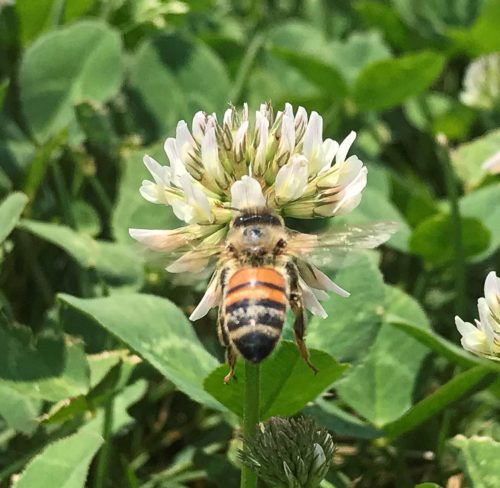
A honeybee on clover. Photo: Lance Cheung, USDA.
We have a neighbor who keeps several bee hives on the farm, and we wanted to make sure we did not harm his bees with the permethrin, so we asked for his input before spraying. He said that if we sprayed as late in the day as possible, most of the bees would have already returned to the hives and would be unharmed. The insecticide can only harm them while it is wet. By spraying in the evening and leaving it to dry overnight, the insecticide is safe for the bees and still deadly for the army worms.
I thought this was an excellent tip for mitigating the harm of the permethrin on non-target insect populations. Even if you don’t keep bees on your land, your neighbors’ honeybees could be foraging on your fields. There are hopefully wild bees as well, so we want to make sure we do the least harm.
Curious about native pollinators? Check out the ATTRA publication Alternative Pollinators: Native Bees.
Curious about beekeeping? Check out the ATTRA publication Beekeeping/Apiculture.
Seeding Cool-Season Forages
Another activity to consider for the fall is planting cool season forages. Last week we rented a no-till seed drill from our local conservation district office and seeded in annual rye and ladino and crimson clover. We hope this will increase pasture diversity and forage quantity in the fall and spring grazing seasons. In the past we have done this but then did not get the required rain for these seeds to germinate, which was frustrating. But this year we are getting several days of rain after planting and are hoping for good germination and fall growth.
Want to learn more about forage management? Check out the Pasture, Rangeland, and Grazing Management section of our website for tons of great resources.
The Scoop on Soil pH
Lastly, something we often do in the fall is take soil samples to see if we need to apply lime. Fall is an excellent time to take soil samples if you are concerned about soil pH. Fall is the best time to apply lime in order for it to have time to increase your soil’s pH before the next growing season.
How do you find out your soil’s pH?
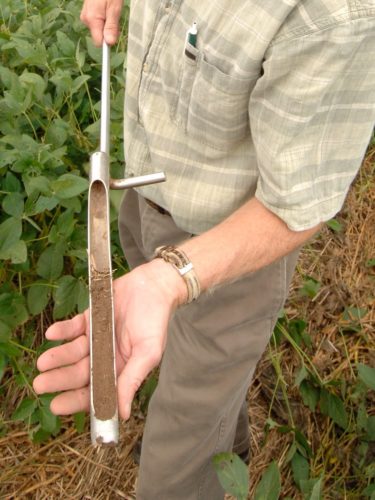
Using a soil probe to take a sample. Photo: Bob Nichols, USDA.
To determine soil pH, you are going to need to take a soil sample and get it tested at a lab. Your local Cooperative Extension office will likely offer soil testing. You can also find soil testing labs at https://attra.ncat.org/attra-pub/soil_testing/. I made a video, Soil Sampling: A Management Strategy, in order to demonstrate how to correctly take a soil sample (in a pasture setting). Taking a good soil sample is critical to getting accurate results, so be sure to take the time to do this step correctly. Although there are home soil pH kits available for purchase, I don’t recommend these as they are not as accurate as a test done at a lab.
Soil pH can change over time and at different times of the year. Try to take samples at around the same time every year, and under generally the same weather conditions, so you can compare results from year to year. Additionally, different labs use different testing methods for determining pH, so make sure you stick with the same lab from year to year as well.
More information on soil and pH
For more on soil pH—including how to raise or lower your soil’s pH, why increasing your soil’s organic matter is important to pH, and more—listen to Soil Sessions: Understanding Soil pH, the podcast episode I recorded with Southeast Regional Director Margo Hale. Margo and I have two other Soil Sessions episodes as well: Interpreting a Soil Test and Soil Health and the Five Principles of Soil Health.
Other additional ATTRA resources on soil that I recommend are:
Building Healthy Pasture Soils
Soil Management: National Organic Program Regulations
Managing Soil for Water: How Five Principles of Soil Health Support Water Infiltration and Storage
If you’re making a late summer/fall to-do list for your farm and have questions, please don’t hesitate to contact me or any of our NCAT sustainable agriculture specialists who work on the ATTRA program. You can call 800-346-9140 or email askanag@ncat.org.

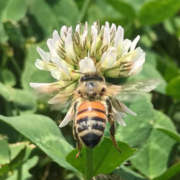 USDA photo by Lance Cheung
USDA photo by Lance Cheung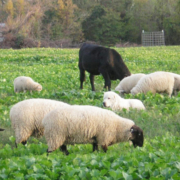 NCAT
NCAT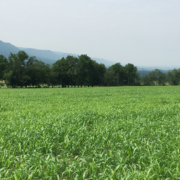
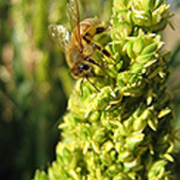
 CanvaPro
CanvaPro